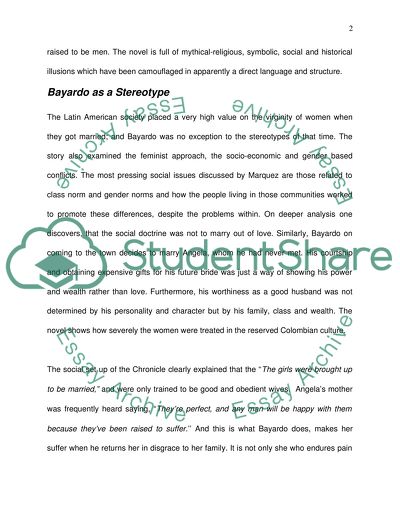Cite this document
(“Chronicle Of A Death Foretold Essay Example | Topics and Well Written Essays - 1250 words”, n.d.)
Retrieved from https://studentshare.org/literature/1524295-chronicle-of-a-death-foretold
Retrieved from https://studentshare.org/literature/1524295-chronicle-of-a-death-foretold
(Chronicle Of A Death Foretold Essay Example | Topics and Well Written Essays - 1250 Words)
https://studentshare.org/literature/1524295-chronicle-of-a-death-foretold.
https://studentshare.org/literature/1524295-chronicle-of-a-death-foretold.
“Chronicle Of A Death Foretold Essay Example | Topics and Well Written Essays - 1250 Words”, n.d. https://studentshare.org/literature/1524295-chronicle-of-a-death-foretold.


